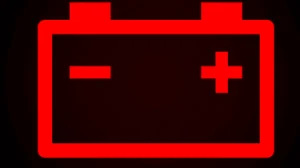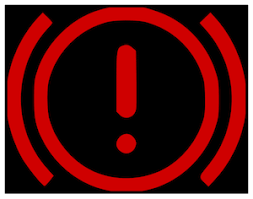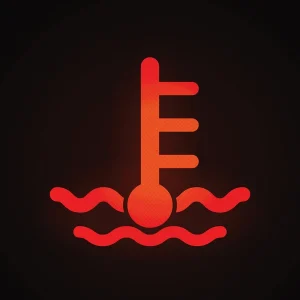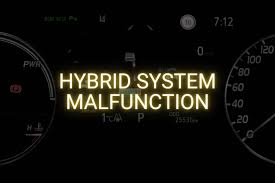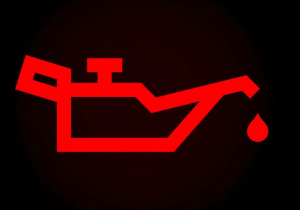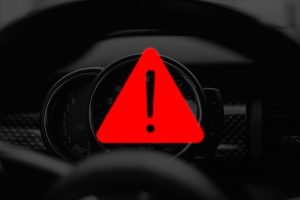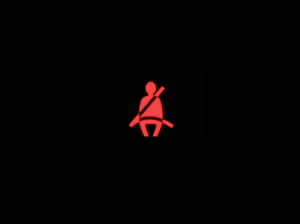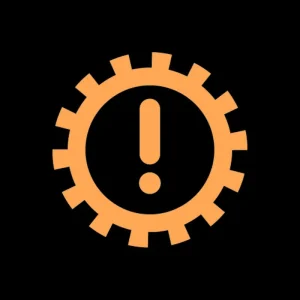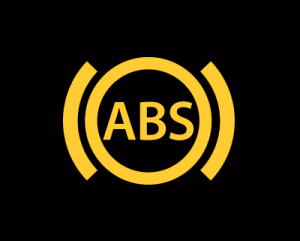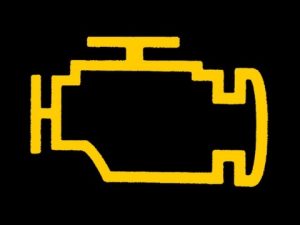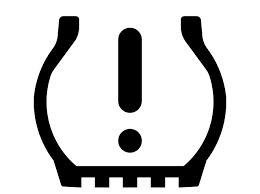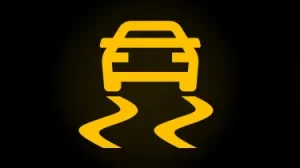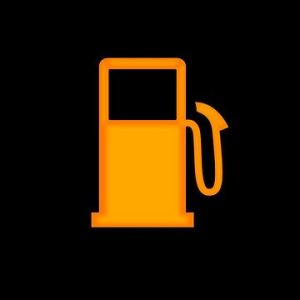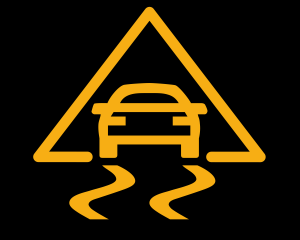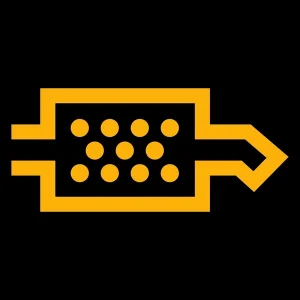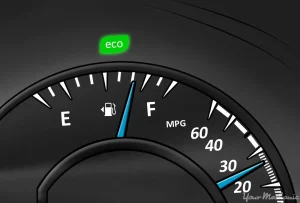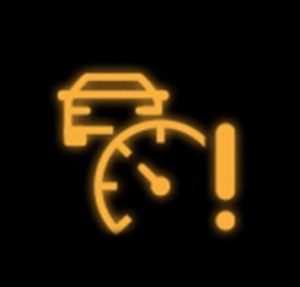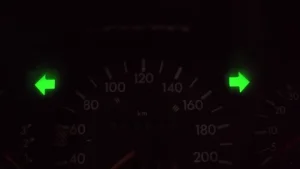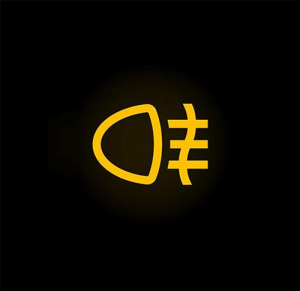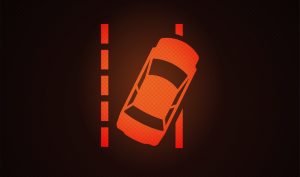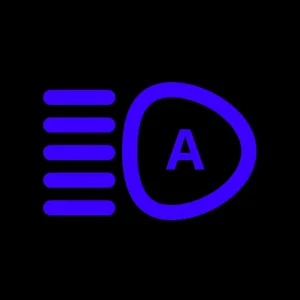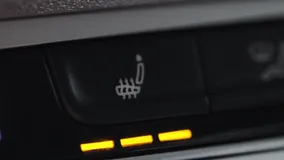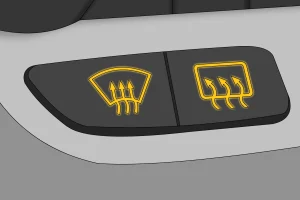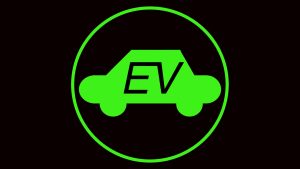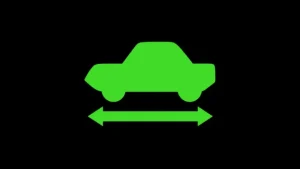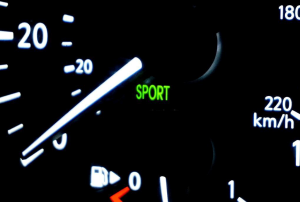Understanding dashboard warning lights in your Lexus RX is essential for maintaining vehicle safety, as they alert you to potential issues that could lead to accidents or breakdowns if ignored. Recognizing these lights early helps prevent costly repairs and ensures the car operates efficiently. By addressing them promptly, you can avoid roadside emergencies and extend the lifespan of your vehicle.
Quick Navigation
Red Warning Lights (Stop Immediately)
Battery Warning
This light signals a problem with the vehicle’s charging system, such as a faulty battery or alternator, which could cause the car to lose power. Stop safely right away and contact a Lexus service center to avoid being stranded.
Brake System Warning
It indicates low brake fluid or a malfunction in the braking system, risking reduced stopping power. Pull over immediately, check the parking brake, and call for professional help if the light stays on.
High Coolant Temperature
The engine is overheating, often from low coolant or a cooling system fault. Stop driving, let the engine cool, and have it inspected to avoid serious damage.
Hybrid System Overheated (if equipped)
This appears in hybrid models when the electric motor or battery overheats, possibly from heavy use or blockage. Stop in a safe spot, allow cooling, and visit a service center.
SRS Airbag Warning
It means there’s a fault in the airbag or seat belt pretensioner system, which could fail in a crash. Stop and get the vehicle checked immediately for safety.
Electric Power Steering Warning
This indicates a problem with the power steering, making the wheel hard to turn. Pull over safely and contact a service center, as steering control may be compromised.
Engine Oil Pressure
Low oil pressure or overheating is detected, which can damage the engine. Stop the car, check oil levels, and don’t drive until fixed.youtube
Master Warning Light (Red)
A serious issue is flagged, often with a message on the display, like a system malfunction. Stop immediately and refer to the display for details, then seek help.
Seatbelt Reminder
This alerts if the driver or passenger isn’t buckled up, increasing injury risk in an accident. Fasten all seatbelts to turn it off; if it persists, check for faults.
Open Door Warning
A door or trunk isn’t fully closed, which could be unsafe while driving. Stop, check all doors, and secure them before continuing.
Low Brake Fluid
It warns of insufficient brake fluid, potentially causing brake failure. Park safely and add fluid or call a mechanic.
Transmission Warning
This signals a problem in the transmission system, like overheating or fluid issues. Stop driving and have it towed to a service center.
Immobilizer System Warning
The key isn’t recognized, preventing the engine from starting due to a security fault. Stop and contact service if it doesn’t resolve.
Yellow/Amber Warning Lights (Action Required Soon)
ABS Warning
This means the anti-lock braking system has a fault, so brakes might lock up during hard stops. Drive carefully and visit a service center soon.
Check Engine Light
It detects an issue in the engine, emissions, or throttle system, possibly from a loose gas cap or sensor failure. Have it scanned at a service center promptly.
Tire Pressure Warning
Low pressure in one or more tires, due to a leak or natural loss, is indicated. Check and inflate tires to the recommended level; if it blinks, the system itself needs checking.
Slip Indicator
This warns of a problem in stability control, traction, or hill-start assist, making the car less stable on slippery roads. Get it inspected soon.
Pre-Collision System Warning
There’s a fault in the collision avoidance system, like dirty sensors or temporary disablement. Clean sensors and reactivate; if needed, see a mechanic.
Low Fuel Warning
Fuel is running low, with about 2-3 gallons left. Refuel as soon as possible to avoid running out.
Electronic Stability Program (ESP) Warning
It signals an issue with the vehicle’s stability control, affecting handling in turns. Drive cautiously and have it checked.
Diesel Particulate Filter (DPF) Warning (if diesel)
The filter is clogged with soot, needing regeneration or cleaning. Drive at highway speeds if possible, or visit service.
Glow Plug Warning (if diesel)
Glow plugs are heating up for cold starts, or there’s a fault. Wait for it to go off before starting; if it stays, get checked.
Inappropriate Pedal Operation
This alerts if pedals are misused, like pressing accelerator and brake together. Release pedals and follow display.
Green Warning Lights (Information Only)
Eco Mode Indicator
This shows eco driving mode is active, optimizing fuel efficiency. No action needed; it’s just confirming the mode.
Cruise Control On
Cruise control is engaged, maintaining set speed. Adjust as needed via controls; no issue.
Turn Signal Indicators
Blinking arrows show left or right turn signals are on. They remind you to turn them off after use.
High Beam Indicator
Headlights are on high beam. Switch to low beam when approaching other vehicles.
Front Fog Light On
Fog lights are activated for better visibility in fog. Turn off when not needed.
Rear Fog Light On
Rear fog lights are on, aiding visibility from behind. Deactivate in clear conditions.
Lane Departure Alert
The system is active, monitoring lane position. No action; it’s informational.
Automatic Headlights On
Headlights are automatically controlled based on light conditions. Manual override if preferred.
Parking Lights On
Sidelights or parking lights are active. Use for visibility when parked.
Seat Heater On
Indicates seat heaters are operating. Adjust temperature as desired.
Windshield Defrost On
Defroster is clearing the windshield. It will auto-off or can be manually deactivated.
EV Mode Indicator (if hybrid)
The vehicle is running in electric-only mode. No action; switches automatically.
Ready Indicator (if hybrid)
The hybrid system is ready to drive. Proceed normally.
Sport Mode Indicator
Sport driving mode is selected for better performance. Switch modes as needed.
Snow Mode Indicator
Snow or traction mode is on for slippery conditions. Use appropriately for road type.
When looking at Lexus, make sure to check out our guides on models like the 1, 2, 3, and 4. Understanding dashboard warning lights is essential. Our expert reviews break down what each light means, highlighting common alerts for these models and what they could signal about underlying issues, so you’re never left guessing behind the wheel.

